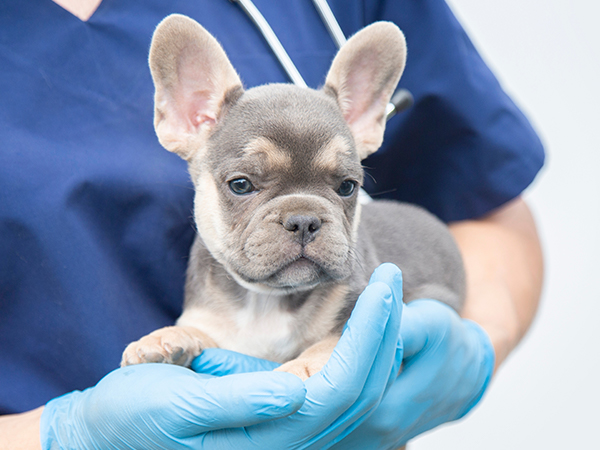An abdominal ultrasound is a safe and non-invasive diagnostic procedure used to examine the organs and structures inside your pet’s abdomen, including the liver, kidneys, spleen, intestines, bladder, and reproductive organs (if present). It helps veterinarians assess the health of these organs and detect any potential issues like tumors, infections, abnormal fluid accumulation, or digestive problems.
Indications for an Abdominal Ultrasound
Diagnosing Gastrointestinal Problems: If your pet is showing symptoms like vomiting, diarrhea, lethargy, loss of appetite, or abdominal pain, an ultrasound can provide a detailed view of what's happening inside.
Detecting Tumors or Masses: Ultrasound is effective in identifying tumors, cysts, and other growths in the organs.
Checking Organ Function: It can help assess the size, shape, and condition of the organs, which is crucial in diagnosing conditions like kidney disease, liver problems, or pancreatitis.
Monitoring Chronic Conditions: For pets with ongoing medical conditions, such as heart disease or kidney failure, ultrasounds are used to track changes over time.
How It’s Done
Preparation: Typically, your pet will need to fast for 8 to 12 hours before the procedure to reduce the amount of gas and food in the stomach and intestines, making it easier to see the organs clearly. Your vet may also ask you to withhold water.
Positioning: Your pet will be gently positioned on an exam table, often lying on their back or side. If needed, a light sedative may be used to help your pet stay calm, but most pets tolerate the procedure well.
Shaving: The abdomen is often shaved to allow direct contact of the ultrasound probe with the skin which will improve image quality.
Applying Gel: A clear, water-based gel will be applied to your pet’s abdomen. This gel helps transmit the sound waves used to create the ultrasound images and ensures the probe makes good contact with the skin.
The Ultrasound Probe: The veterinarian will move a small handheld device, called a probe or transducer, over your pet’s abdomen. The probe sends out high-frequency sound waves and captures the echoes that bounce back. These echoes are then translated into real-time images on a monitor.
Examination: The vet will carefully examine the images produced and may take measurements or images of specific organs. The procedure is usually quick, taking 15 to 30 minutes, depending on the complexity of the case.
Post-Procedure: Once the ultrasound is finished, your pet can return to normal activities. If your pet was sedated, they may need a little time to fully recover.
Benefits
Non-Invasive: Unlike surgery, ultrasound is completely non-invasive and doesn't require incisions.
Quick Results: The procedure typically provides immediate results, allowing your vet to make a diagnosis and plan the next steps for treatment.
No Radiation: Ultrasound uses sound waves, not radiation, making it safe for your pet.
An abdominal ultrasound is an important tool in maintaining the health of your pet. If your veterinarian recommends one, it's a valuable step in diagnosing and managing your pet's health concerns.







